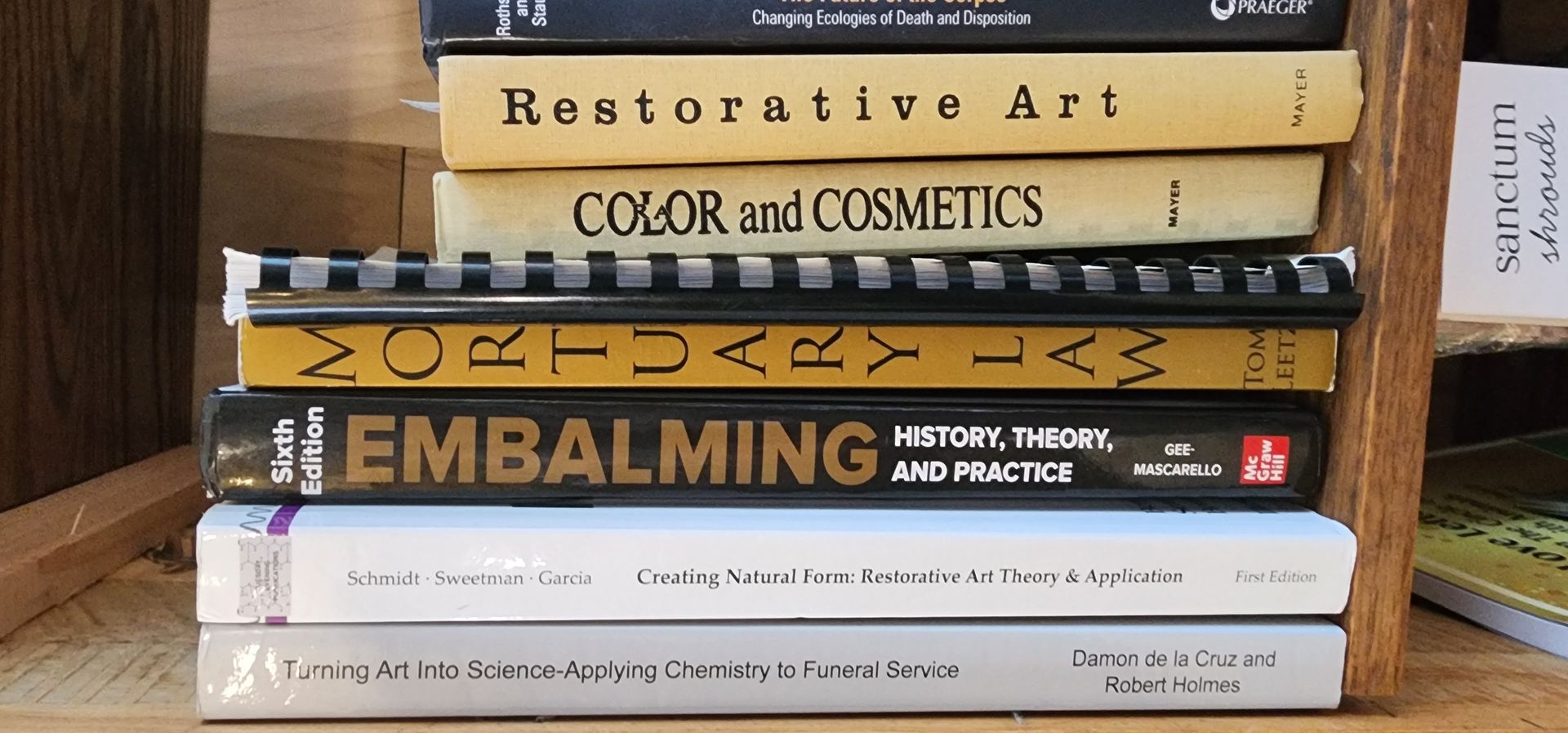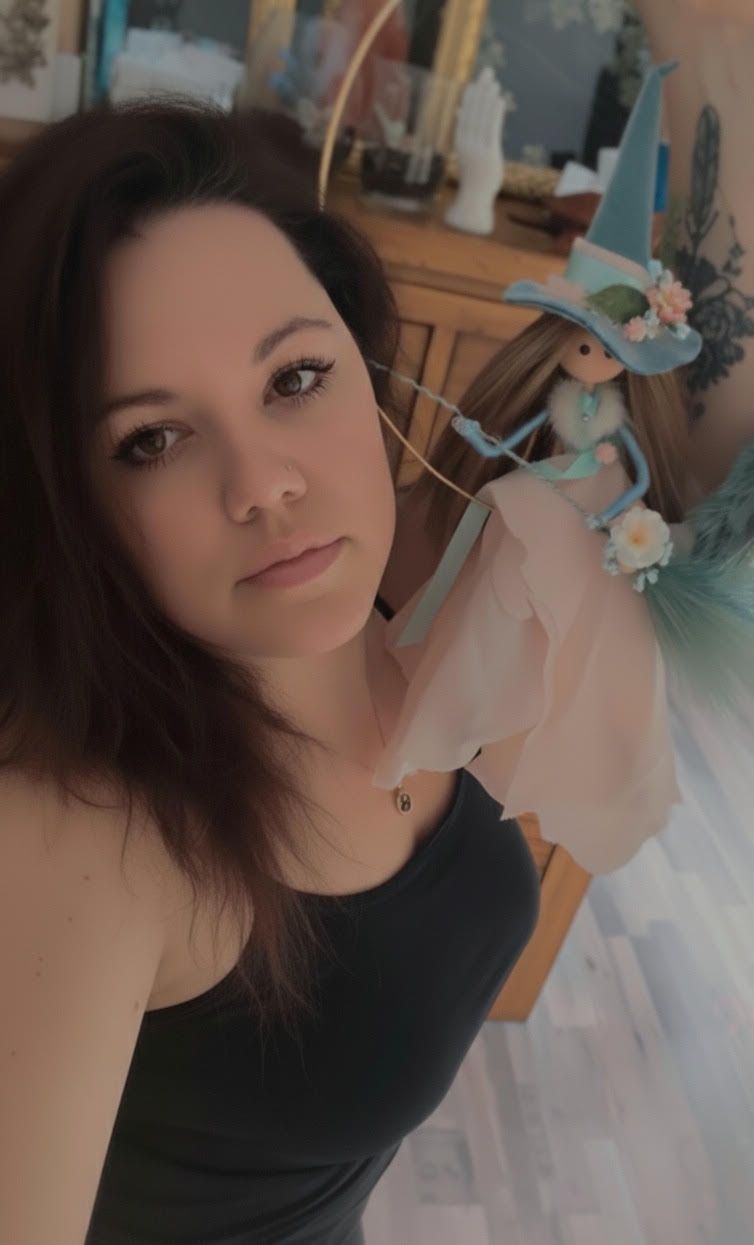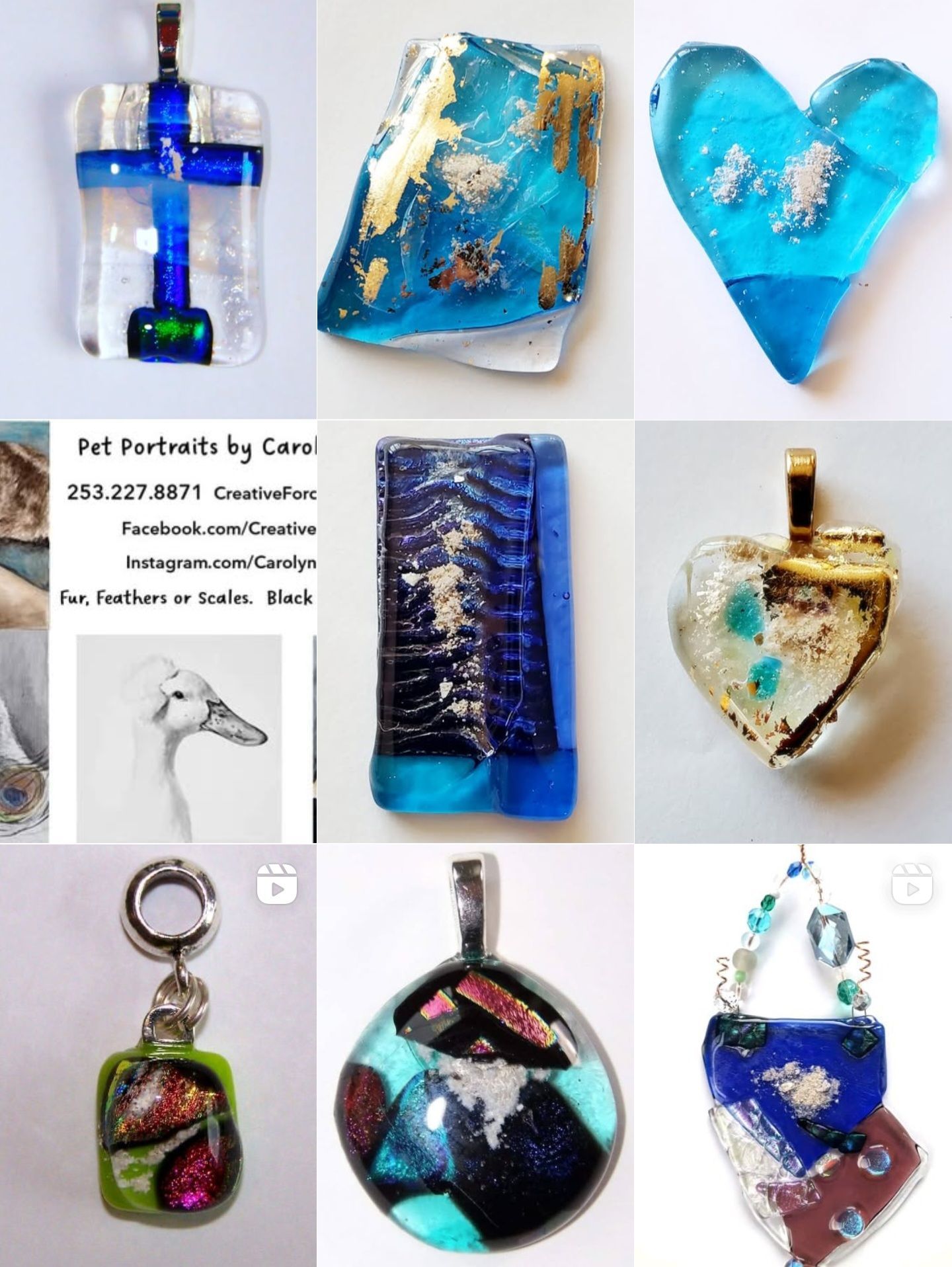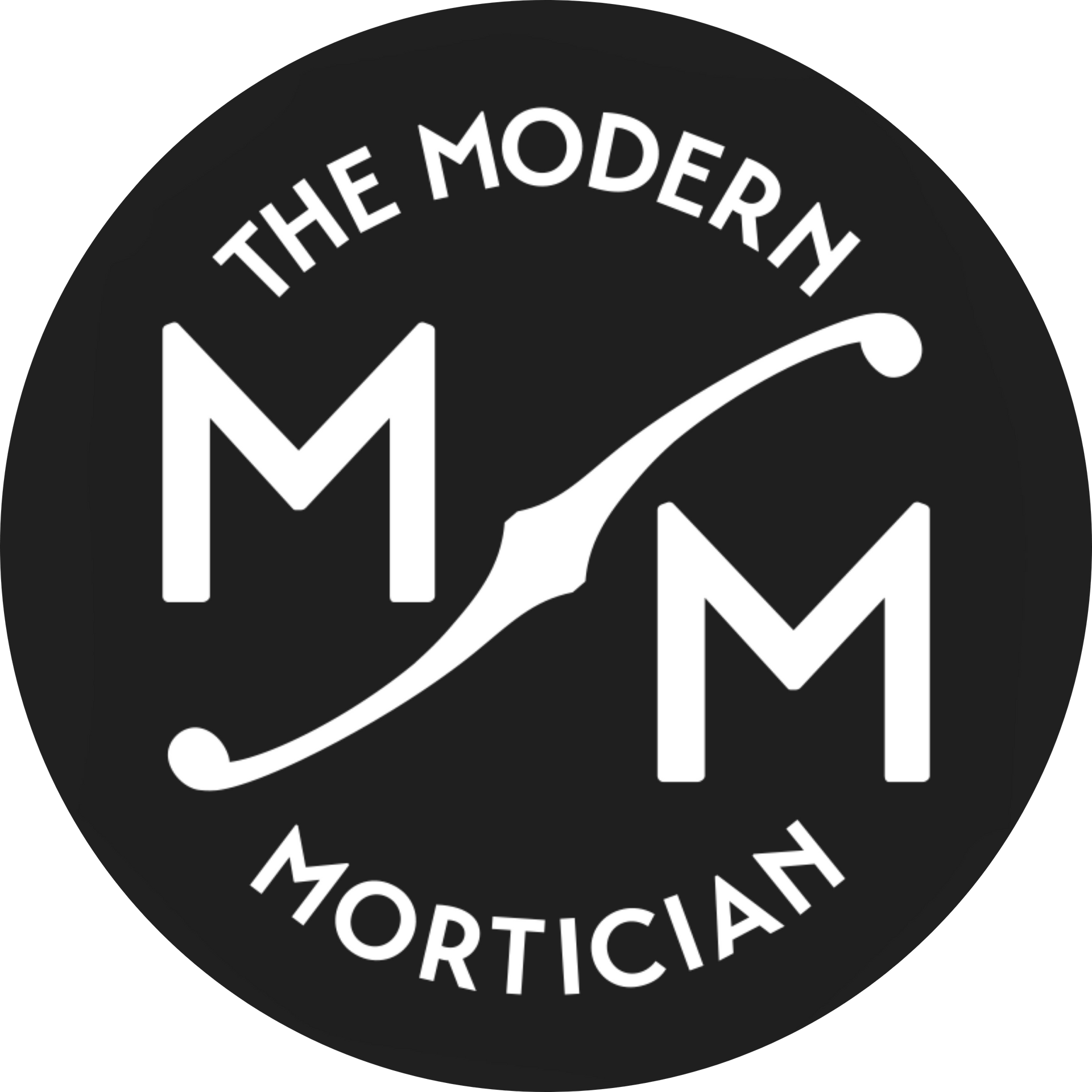Modern Mortician Admin

ALABAMA
In Alabama, where rolling hills meet pine forests and red clay roads wind through generations of family land, the idea of returning to the earth feels deeply natural. Green burial here isn’t a trend, it’s a return to the simplicity and reverence that once defined Southern funerary traditions. Families are rediscovering that the most meaningful goodbyes are often the simplest: a body wrapped in a shroud or laid in a wooden casket, buried directly in the soil that raised them. From the foothills of the Appalachians to the quiet Gulf Coast, Alabamians are finding peace in knowing that their final resting place can give back to the land they’ve always called home.
🌿The Good Earth Natural Burial Cemetery - Hazel Green, AL
This is a place where burials return to simplicityno embalming, no vaults, no concrete, just earth, biodegradable materials, and a focus on letting the land stay natural.
What I appreciate about The Good Earth is how much it encourages families to be involved. Loved ones can take part in the burial process, even digging and closing the grave if they choose. It turns what could feel like a distant, clinical event into something meaningful and grounded in care.
Plots are offered in the meadow or woods, and there’s space for both full-body and cremation burials. It’s a reminder that natural burial isn’t just eco-friendly, but also rooted in compassion.
I support The Good Earth because it reflects what green burial is meant to be: simple, sustainable, and human. For anyone in Alabama looking for an alternative to conventional cemeteries, this is a place worth visiting and learning about.
If your local cemetery doesn’t yet offer green burial, begin the conversation with the sexton or board about setting aside a section for vault-free burials. Many small rural cemeteries in Alabama are family- or church-run, and open to thoughtful dialogue about natural options once the process is explained. Ask about waivers for vaults and embalming, and share resources from the Green Burial Council or neighboring states with successful hybrid models. With community support and a little education, even long-standing Southern cemeteries can embrace a return to earth that honors both tradition and sustainability.
If you want information on how to start your own natural burial cemetery, or you want to make me aware of another green, natural, or hybrid cemetery in this state, please reach out!
As public awareness grows, more cemeteries are beginning to advertise green burial options, but in many cases, what’s being offered is little more than a pacifier for those asking for change. These are what I call “shades of green” burials: small gestures toward sustainability that lack true understanding or practice of natural burial values.
In my own experience, I’ve called cemeteries claiming to offer green options, only to be met with confusion, once even being told they could provide a “tree pod burial” (a concept that doesn’t exist in any practical or legal form). It’s clear that in many established cemeteries, these offerings are being added to appease public demand rather than to honor the principles of ecological restoration, community connection, and authenticity that define green burial.
If you’re exploring green burial for yourself or a loved one, approach these claims with caution. Ask questions, lots of them. Who manages the green section? Do they require vaults, liners, or embalming? What kind of caskets or shrouds are permitted? How often do they actually conduct natural burials?
Many truly committed natural and conservation cemeteries have worked for years to integrate ecological care into every step of their process, from land preservation to family involvement. These are the places where your choice makes a lasting impact. The rest, unfortunately, may still be catching up.
Sunset Memorial Park
Midland City AL 3635
Tallapoosa County Memorial Gardens
Dadeville AL 36853
New Paragraph












